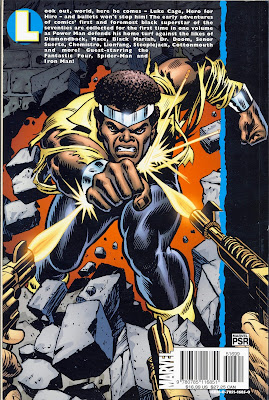Book Review: 'The Texas-Israeli War: 1999' by Jake Saunders and Howard Waldrop
3 / 5 Stars
‘The Texas-Israeli War: 1999’ (209 pp) was published by Del Rey in 1974; the cover illustration is by Dean Ellis.
Portions of the book appeared previously as the short story ‘A Voice and Bitter Weeping’ in Galaxy magazine in its July – August 1973. It also is compiled in the 2003 hardcover, small-press anthology of Waldrop's short fiction, 'Custer's Last Jump and Other Collaborations'.
In the early 70s Howard Waldrop and Jake 'Buddy' Saunders were among a group of sci-fi writers known for their Texas origins, so the insights into the state and its culture that inform 'The Texas-Israeli War' certainly are legitimate. While neither writer has been prolific, Waldrop went on to write the well-received novel ‘Them Bones’ (1984).
The 1999 of 'The Texas-Israeli War' takes place five years after the outbreak of World War Three, and the USA is not in the best of shape. Nuclear, chemical, and biological weapons have whittled the population down to a fraction of its former size, depleted crops and livestock, and left many urban areas abandoned ghost towns. Conflict continues to smolder with Chinese forces in Alaska and Canada.
To make matters worse, Texas has decided to secede from the Union, taking its valuable oil refineries with it. To shield its act of rebellion, the state holds the President captive in Fort Deaf Smith outside of Crystal City.
The federal government, barely able to hold the other states in line, cannot allow Texas to break away. A desperate effort is launched to retrieve the President and crush the rebellion. To spearhead the effort to retake Texas, the government hires a team of Israeli tankers led by Colonel Sol Ingelstein.
One of the few nations to emerge from WW3 intact, Israeli is now a world power, and its laser-armed tanks are among the most lethal weapons in the field. Its growing population has led many of its citizens to emigrate to other countries, where, in exchange for land and cash, they will fight for the highest bidder.
For all his armored superiority, the mission confronting Sol Ingelstein and his mercenaries isn’t an easy one. First they have to clear the Texas forces from the Dallas – Ft Worth area. Then they have to travel overland down to Crystal City and Ft. Smith without being detected by the state militia. And once they arrive at the Fort, they must free the President and get him to safety before the enemy can mount a counterattack.
There’s only one chance to get it right…...or the USA ceases to exist...............
‘Texas-Israeli War’ is a straightforward SF adventure novel with an offbeat setting. While nowadays presenting the Israeli military in a favorable light is very politically incorrect, back in 1974 one could do it without incurring too much opprobrium.
The Israelis are prone to uttering Psalms in Hebrew when under duress, or in more celebratory moods, a religious attitude which distinguishes them from the more cynical tank-driving combatants usually peopling this genre of sci-fi (e.g., David Drake's 'Hammer's Slammers' franchise, or Keith Laumer's 'Bolo' franchise).
Readers interested in military SF will want to give 'The Texas-Israeli War: 1999' a try, but be warned: being long out of print, copies of the book in very good condition are acquiring ever-higher asking prices (i.e., $30 on up).














































.jpg)















